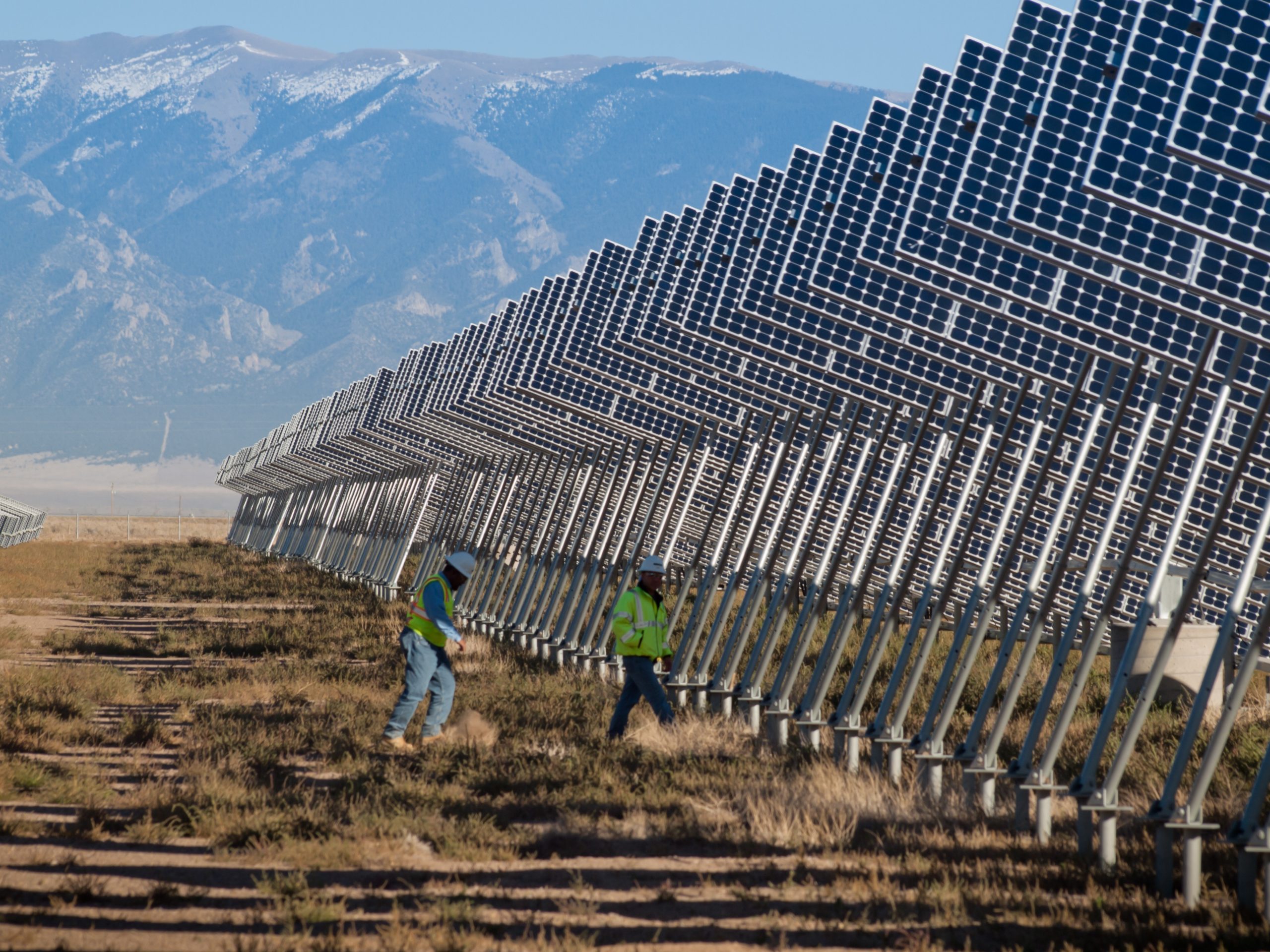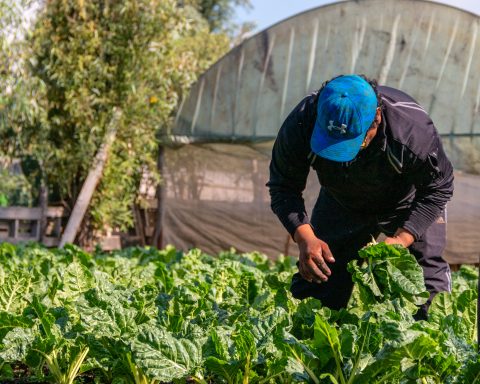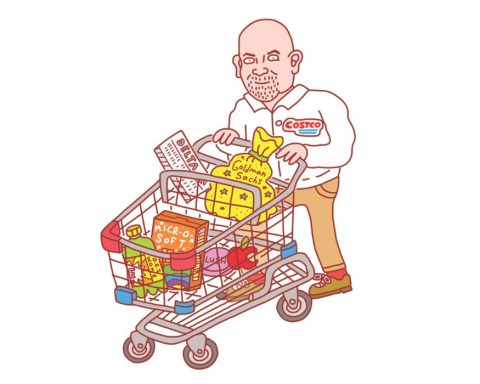Economists say that the cost of building a safer, net-zero planet by 2050 should come to US$3.5 trillion a year – a fraction of the world’s economic output, yet still a far cry from current investment levels. But there will be no energy transition unless we can also train enough people to do the jobs needed for that cleaner future – from farming to finance. And the world is underperforming here, too, according to a new study by workplace specialists LinkedIn.
Based on data from more than a billion members in 43 countries, LinkedIn’s 2024 Global Green Skills Report projects that a full half of the jobs required by the green economy in 2050 will lack qualified candidates. “This data is a wake-up call, and there’s no more time to hit the snooze button,” says Sue Duke, LinkedIn’s vice president of public policy.
The study says that global demand for green talent is currently growing nearly twice as fast as supply, with demand increasing by 11.6% and supply by just 5.6%. The industries stocking up fastest on green expertise are utilities (23% of their job postings require green skills), construction (20.6%) and manufacturing (13%). Last year, demand for green skills grew most in the technology industry, where the energy appetite of artificial intelligence has led to a 60% surge in the share of jobs requiring green skills.
The study lends details and urgency to a transition that’s already been talked to death. A November 2024 blog post from the Smart Prosperity Institute warned that “Canada’s success depends on investing more in green jobs and skills.” Representing business, a Conference Board of Canada report called Teaching Green Skills, released in August 2024, found that Canada’s colleges and universities face grave challenges meeting the demand, including a lack of administrative focus, ongoing disconnects with employers, funding constraints and a shortage of advocates who could drive system change.
A giant advantage for green job seekers
LinkedIn’s deep data offers one positive indicator that could help move the needle. If green upskilling is to succeed, it has to start with talented job seekers wanting to learn complex new skills. Here’s their incentive: LinkedIn’s data finds that the hiring rate for green talent globally is 55% higher than for the general business population. In the United States, that advantage is actually 80% – at least it has been under the Biden administration.
The study found that government policy is a big driver of the green skills revolution. President Joe Biden’s infrastructure-building policies, especially the Inflation Reduction Act, have helped produce an 80-times boost in the share of U.S. workers with building-performance skills, LinkedIn notes. Progress is likely to continue at the state level. And while Trump has vowed to repeal the IRA, calling support for electric cars and wind power “the new green scam,” even the U.S. Chamber of Commerce, which opposed the IRA under Biden, now says it will defend parts of it. Some 85% of IRA investment funds have gone to Republican states, which will be loath to turn off the taps.
North of the border, building the green skills ecosystem will require a “team Canada” approach in which business, labour, government and educational institutions bury their differences and partner up to get things done – locally, regionally and nationally. Entire industries, from energy and forest products to plumbing and risk management, will have to be re-engineered. Business and post-secondary schools have to work together to create curricula, get more people trained and find the best ways to retrain older workers.
But there’s a bright green light at the end of this tunnel. “We see this as a great opportunity,” says Hem Dholakia, a senior research associate at the Smart Prosperity Institute in Ottawa. The challenges of building these new educational links – consensus-building, creativity and communication – are the same skills required for the energy transition. If Canada can accelerate these twin transitions, Dholakia says it will build an international edge that will make the country a magnet for foreign capital once again. “By putting in the building blocks of a skilled and inclusive workforce, we would be setting ourselves up for long-term economic growth.”
Of course, if Trump goes ahead with his recent threat to impose a 25% tariff on Canadian goods, Canada’s economy could tumble into an immediate recession that would throw off every economic forecast. Even so, that would be all the more reason for Canada to double down on the green economy and focus on international markets.







